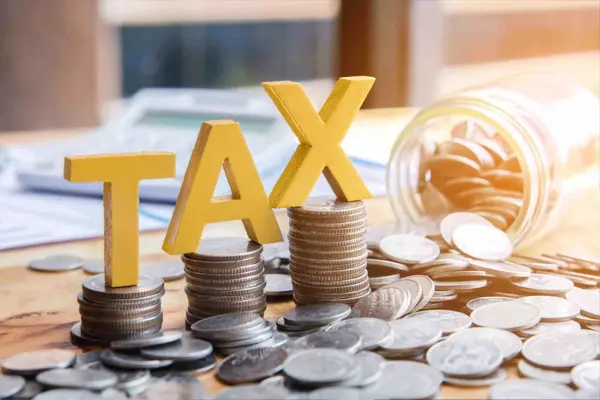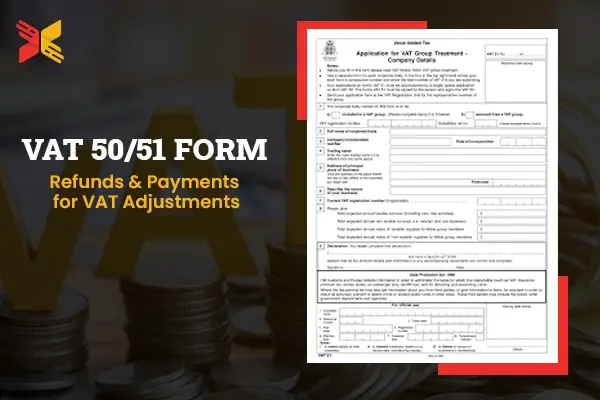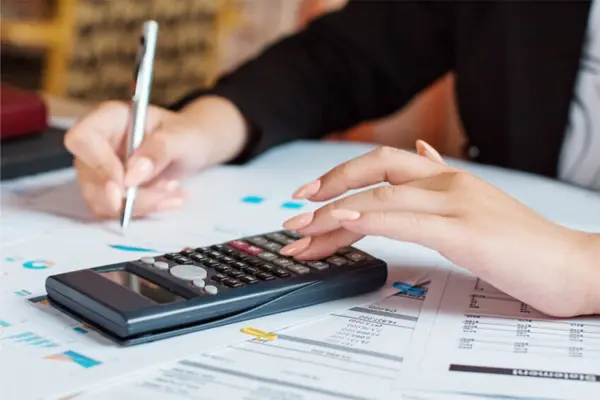Sales Tax in the UK
In the UK, the concept of sales tax is largely embodied in the Value-Added Tax (VAT). This guide aims to clarify what sales tax (or VAT) is, the different types of nexus that determine tax liability, and how it compares to other similar taxes. We’ll also provide examples, explain how VAT is calculated, and insights into which goods and services are subject to the highest and lowest VAT rates.
What is Sales Tax?
Sales tax in the UK is known as Value-Added Tax (VAT). It is a consumption tax levied on the sale of goods and services. VAT is added to the sale price at each stage of the production and distribution process. The end consumer ultimately bears the cost of VAT, while businesses act as intermediaries collecting and remitting the tax to HM Revenue and Customs (HMRC). This answers the query “What is sales tax?”
Understanding Sales Tax
VAT is designed to generate revenue for the government, funding various public services including healthcare, education, and infrastructure. Unlike income tax, which is based on earnings, VAT is based on the purchase price of goods and services. Therefore, when considering “What is the taxation definition?” VAT provides a clear example of a consumption-based tax.
Nexus
In the context of VAT, nexus refers to the connection between a business and the UK that obligates the business to register for VAT and collect VAT on sales. There are two primary types of nexus:
Physical Presence Nexus
Physical presence nexus occurs when a business has a tangible presence in the UK, such as a store, warehouse, or office. This presence obligates the business to register for VAT and collect VAT on sales. This is crucial for defining a tax obligation based on physical presence.
Economic Nexus
Economic nexus is established when a business exceeds certain sales thresholds within the UK, regardless of whether it has a physical presence. For VAT, this threshold is currently £85,000 in taxable turnover per year. This concept is integral to understanding the taxation definition in economics.
Excise Taxes
Excise taxes are specific types of taxes applied to particular goods, such as alcohol, tobacco, and fuel. These taxes are usually included in the price of the product and are intended to discourage the consumption of certain goods or to raise revenue for specific purposes. In the UK, excise duties are separate from VAT but are often applied in conjunction with it. This form of trade tax affects specific industries significantly.
Value-Added Tax (VAT)
VAT is a type of sales tax applied at each stage of the production and distribution process. Unlike traditional sales tax, which is collected only at the point of sale to the final consumer, VAT is collected throughout the supply chain, with each business in the chain remitting tax on the value added at their stage of production. This is a key point when considering the broader taxes sales tax context.
Examples of Sales Tax (VAT)
VAT rates and regulations vary depending on the type of goods or services:
- Standard Rate: 20% on most goods and services.
- Reduced Rate: 5% on certain items like home energy and children’s car seats.
- Zero Rate: 0% on essential items like most food and children’s clothing.
Understanding these rates helps to define a tax system that is structured to meet different economic needs.
Sales Tax vs. Use Tax
In the UK, the concept of use tax as seen in the US does not directly apply. However, VAT must be accounted for on goods imported into the UK, ensuring that VAT is paid even when purchases are made from abroad. This aspect differentiates the UK sales tax from the US sales tax system.
How Do You Calculate Sales Tax (VAT)?
To calculate VAT, you need to know the VAT rate and the sale price of the item. The formula is:
VAT=Sale Price×VAT Rate\text{VAT} = \text{Sale Price} \times \text{VAT Rate}VAT=Sale Price×VAT Rate
For example, if you purchase an item for £100 with a standard VAT rate of 20%, the VAT would be:
£100×0.20=£20£100 \times 0.20 = £20£100×0.20=£20
This straightforward calculation answers the common query: how do you calculate sales tax?
What Goods and Services Have the Lowest VAT Rate?
In the UK, some goods and services are subject to a reduced VAT rate of 5% or zero rate:
- Reduced Rate (5%): Domestic energy supplies, smoking cessation products, and children’s car seats.
- Zero Rate (0%): Most food, books, newspapers, and children’s clothing.
What Goods and Services Have the Highest VAT Rate?
Most goods and services in the UK are subject to the standard VAT rate of 20%, including:
- Electronics
- Clothing (excluding children’s clothing)
- Alcohol
- Restaurant meals
By understanding these aspects of VAT in the UK, consumers and businesses can better navigate their obligations and the tax landscape. This knowledge is crucial for compliance and effective financial planning.
















